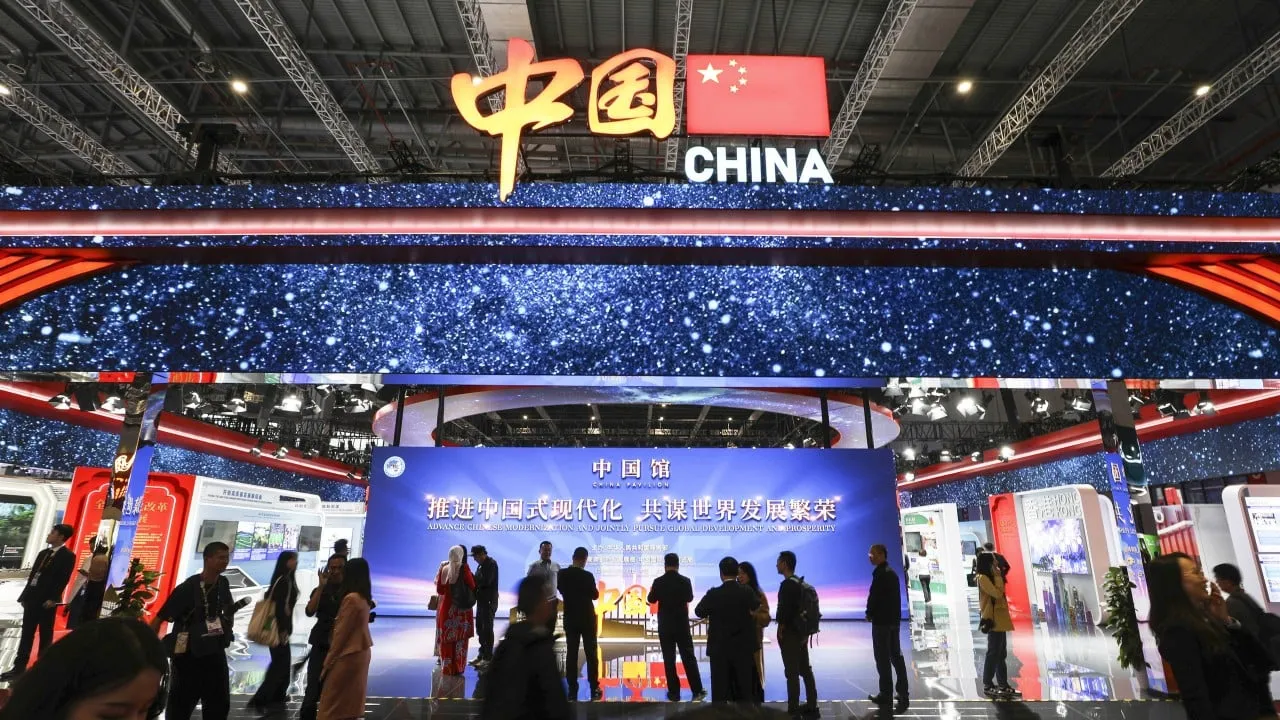Jason Hafemeister and US Agricultural Exports Amid US-China Trade War

US Agricultural Exports Riding High Hopes at CIIE
American agricultural business representatives attending the China International Import Expo (CIIE) in Shanghai expect that the volume of signed deals could exceed last year’s haul, even amid a fickle geopolitical climate marked by strained US-China ties and shifts in the White House.
Analysts note that US producers and interest groups are keen on hedging risks and stabilizing business, using platforms like high-profile exhibitions as US farm exports drop sharply whenever China scales back its purchases.
Higher Expectations for US Agricultural Pavilion
- For the second consecutive year, a US agricultural pavilion is present at one of China’s largest import-oriented trade shows, consisting of over 30 food producers and trade associations.
- Many participants return after the inaugural US pavilion in 2023, which achieved orders exceeding US$500 million.
- AmCham Shanghai President Eric Zheng indicates confidence in surpassing last year’s performance.
“Last year, we reached our forecast, and we hope to have more business than last year. With more companies participating at this year’s CIIE, we can do even better,” said Zheng.
Impact of Washington's Policies on Agriculture
As concerns grow about bilateral tensions, Xin Qiang from Fudan University explains that US farmers are anxious about potential retaliations from China.
- He emphasizes that the trade policies of Washington will shape the agricultural sector's fortunes.
- Current forecasts predict a drop in exports to China to US$24 billion, attributed to decreasing demand and fierce competition.
Jason Hafemeister from the US Department of Agriculture reinforces the pavilion's role in nurturing ongoing trade threads, which are vital for US agricultural exports in today’s competitive landscape.
Opportunities Awaiting in China's Market
Despite challenges, industry leaders like Clarice Turner of the Almond Board of California express optimism about regaining China’s key market position.
- China has slipped from being the US's top trading partner to fifth, yet there remains substantial room for growth.
- A collaborative spirit between US producers and Chinese manufacturers aims to navigate tariff concerns effectively.
“We’re proud to represent US farmers, ranchers, and food processors here. The US producers provide high-quality products at a competitive price,” Hafemeister emphasized.
This article was prepared using information from open sources in accordance with the principles of Ethical Policy. The editorial team is not responsible for absolute accuracy, as it relies on data from the sources referenced.